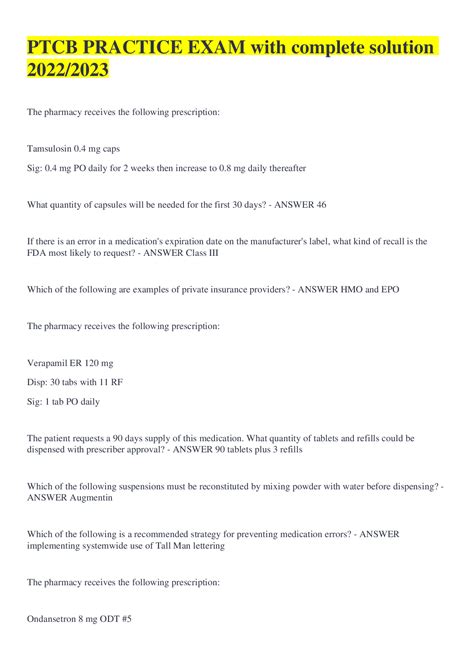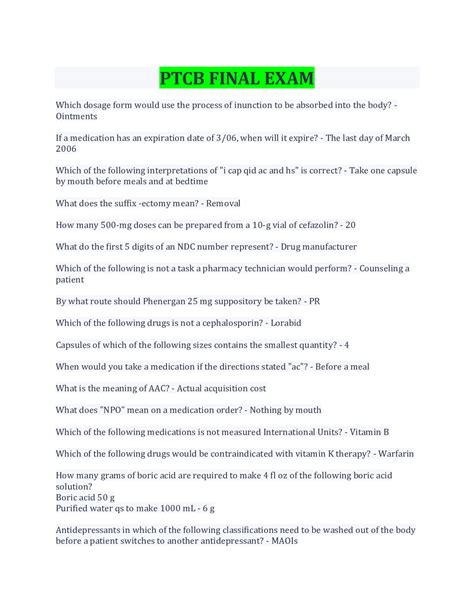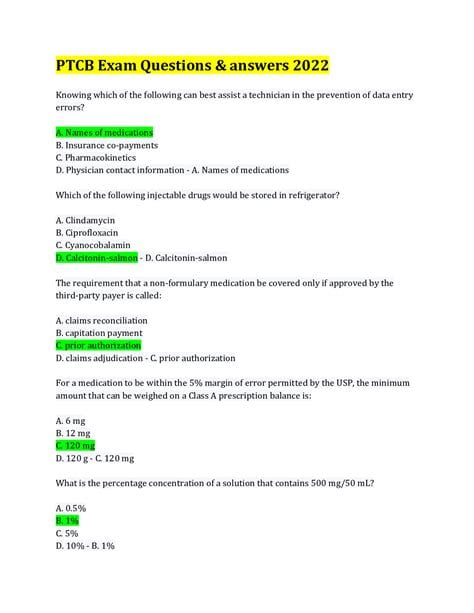What is a Blank PCB Board?
A blank PCB (Printed Circuit Board) is a bare circuit board without any components or designs on it. It is the foundation upon which electronic circuits are built. Blank PCBs come in various sizes, materials, and thicknesses to cater to different applications and industries.
Types of Blank PCB Boards
There are several types of blank PCB boards available in the market, each with its unique characteristics and applications:
| Type | Description | Applications |
|---|---|---|
| FR-4 | Most common, made of fiberglass and epoxy resin | General-purpose electronics |
| Aluminum | Metal-based, excellent heat dissipation | High-power electronics, LED lighting |
| Flexible | Thin, flexible substrate like polyimide | Wearables, medical devices, aerospace |
| High-Frequency | Low-loss materials like PTFE, Rogers | RF and microwave applications |
| High-Temperature | Withstands elevated temperatures | Automotive, aerospace, industrial |
How to Choose the Right Blank PCB Board?
When selecting a blank PCB board for your project, consider the following factors:
- Material: Choose the appropriate material based on your application’s requirements, such as temperature, flexibility, and frequency.
- Thickness: PCB thickness affects the board’s mechanical strength and signal integrity. Common thicknesses range from 0.8mm to 1.6mm.
- Copper Weight: The amount of copper on the PCB determines its current-carrying capacity and signal integrity. Typical copper weights are 1oz and 2oz per square foot.
- Size: Select a PCB size that accommodates your components and fits within your device’s enclosure.
- Layers: Single-layer boards are suitable for simple circuits, while multi-layer boards are used for complex designs with higher component density.
How to Design a PCB Layout?
Designing a PCB layout involves several steps:
- Schematic Design: Create a schematic diagram of your circuit using EDA (Electronic Design Automation) software.
- Component Placement: Arrange the components on the PCB layout, considering factors like signal flow, heat dissipation, and mechanical constraints.
- Routing: Connect the components using copper traces, following best practices for signal integrity and EMC (Electromagnetic Compatibility).
- Design Rule Check (DRC): Verify that your layout adheres to the manufacturing and electrical constraints specified by your PCB fabricator.
- Gerber File Generation: Export your PCB layout as Gerber files, which are the industry-standard format for PCB fabrication.
PCB Layout Best Practices
To ensure a reliable and manufacturable PCB, follow these best practices:
- Keep trace widths and spacing consistent and appropriate for the current and voltage requirements.
- Minimize the length of high-speed signal traces to reduce signal integrity issues.
- Use ground planes and proper grounding techniques to minimize noise and crosstalk.
- Avoid sharp angles in traces, as they can cause signal reflections and EMI (Electromagnetic Interference).
- Provide adequate clearance between components and traces for manufacturing and assembly.

How are Blank PCBs Manufactured?
The manufacturing process of blank PCBs involves several steps:
- Material Selection: The appropriate substrate material, such as FR-4 or aluminum, is chosen based on the application’s requirements.
- Copper Cladding: A thin layer of copper is laminated onto the substrate using heat and pressure.
- Drilling: Holes are drilled through the board for component leads and vias using CNC (Computer Numerical Control) machines.
- Plating: The drilled holes are plated with copper to establish electrical connections between layers.
- Etching: Unwanted copper is removed from the board using a chemical etching process, leaving only the desired copper traces and pads.
- Solder Mask Application: A protective layer of solder mask is applied to the board, exposing only the areas where components will be soldered.
- Silkscreen Printing: Text and symbols are printed on the board using a silkscreen process for easy component identification and assembly.
- Surface Finish: A surface finish, such as HASL (Hot Air Solder Leveling) or ENIG (Electroless Nickel Immersion Gold), is applied to the exposed copper to prevent oxidation and improve solderability.
PCB Manufacturing Standards
PCB manufacturing adheres to various international standards to ensure quality and consistency:
- IPC (Association Connecting Electronics Industries): Provides guidelines for PCB Design, fabrication, and assembly.
- UL (Underwriters Laboratories): Certifies PCBs for safety and reliability.
- RoHS (Restriction of Hazardous Substances): Ensures that PCBs are free from hazardous materials like lead and mercury.

What are the Different PCB surface finishes?
PCB surface finishes protect the exposed copper from oxidation and enhance solderability. Some common surface finishes include:
| Surface Finish | Description | Advantages | Disadvantages |
|---|---|---|---|
| HASL (Hot Air Solder Leveling) | Dipped in molten solder and leveled with hot air | Low cost, good solderability | Uneven surface, not suitable for fine-pitch components |
| ENIG (Electroless Nickel Immersion Gold) | Thin layers of nickel and gold applied through chemical processes | Flat surface, excellent solderability, long shelf life | Higher cost, risk of black pad syndrome |
| OSP (Organic Solderability Preservative) | Organic compound applied to copper surface | Low cost, flat surface, environmentally friendly | Limited shelf life, not suitable for multiple reflow cycles |
| Immersion Silver | Thin layer of silver applied through chemical process | Low cost, good solderability, flat surface | Limited shelf life, can tarnish over time |
| Immersion Tin | Thin layer of tin applied through chemical process | Low cost, good solderability, flat surface | Tin whiskers can cause short circuits, limited shelf life |
Choosing the Right Surface Finish
When selecting a surface finish for your PCB, consider the following factors:
- Solderability: The surface finish should provide good wetting and bonding with solder.
- Shelf Life: Some surface finishes, like OSP and immersion silver, have limited shelf life and may degrade over time.
- Cost: HASL is the most cost-effective option, while ENIG is more expensive but offers better performance.
- Component Compatibility: Fine-pitch components require flat surfaces like ENIG or OSP, while through-hole components can use HASL.
- Environmental Impact: OSP and immersion silver are more environmentally friendly than HASL and ENIG.

How to Source Blank PCBs?
There are several ways to source blank PCBs for your projects:
- PCB Manufacturers: You can directly order blank PCBs from PCB manufacturing companies, which offer a wide range of options and customization.
- Electronics Distributors: Many electronics distributors, such as Digi-Key and Mouser, stock a variety of blank PCBs from different manufacturers.
- Online Marketplaces: Websites like Amazon and AliExpress offer blank PCBs from various suppliers at competitive prices.
- Local Electronics Stores: Some local electronics stores may carry a limited selection of blank PCBs for immediate purchase.
Factors to Consider When Sourcing Blank PCBs
When sourcing blank PCBs, keep the following factors in mind:
- Quality: Ensure that the PCB manufacturer or supplier adheres to industry standards and provides high-quality boards.
- Lead Time: Consider the time required for manufacturing and shipping, especially if you have tight project deadlines.
- Minimum Order Quantity (MOQ): Some manufacturers may require a minimum order quantity, which can be a challenge for low-volume projects.
- Price: Compare prices from different sources, considering factors like quality, lead time, and shipping costs.
- Customer Support: Choose a supplier that offers good customer support and communication to address any issues or concerns.
Frequently Asked Questions (FAQ)
-
What is the difference between a single-layer and multi-layer PCB?
A Single-Layer PCB has copper traces on only one side of the board, while a multi-layer PCB has copper traces on both sides and inner layers, separated by insulating material. Multi-layer PCBs offer higher component density and better signal integrity but are more expensive and complex to manufacture. -
Can I make my own PCB at home?
Yes, it is possible to make simple PCBs at home using methods like the toner transfer method or chemical etching. However, for complex designs and high-quality boards, it is recommended to use professional PCB manufacturing services. -
What is the typical turnaround time for PCB manufacturing?
The turnaround time for PCB manufacturing varies depending on the complexity of the design, the manufacturer’s capacity, and shipping time. Typical turnaround times range from a few days to several weeks. Some manufacturers offer expedited services for faster delivery. -
How much does it cost to manufacture a PCB?
The cost of manufacturing a PCB depends on factors like the board’s size, complexity, material, quantity, and surface finish. Small, simple boards can cost a few dollars each, while large, complex boards with special requirements can cost hundreds of dollars. Many PCB manufacturers offer online quoting tools to estimate the cost based on your design specifications. -
What is the minimum order quantity for PCBs?
The minimum order quantity (MOQ) for PCBs varies among manufacturers. Some offer low MOQs of 5-10 pieces for prototyping, while others require higher MOQs of 100 or more for production runs. It is essential to check the MOQ before placing an order to ensure it aligns with your project’s requirements and budget.
In conclusion, blank PCBs are the foundation of electronic circuits, and understanding their types, manufacturing process, and sourcing options is crucial for successful PCB design and assembly. By following best practices, choosing the right surface finish, and working with reliable suppliers, you can create high-quality PCBs that meet your project’s requirements and performance goals.

No responses yet